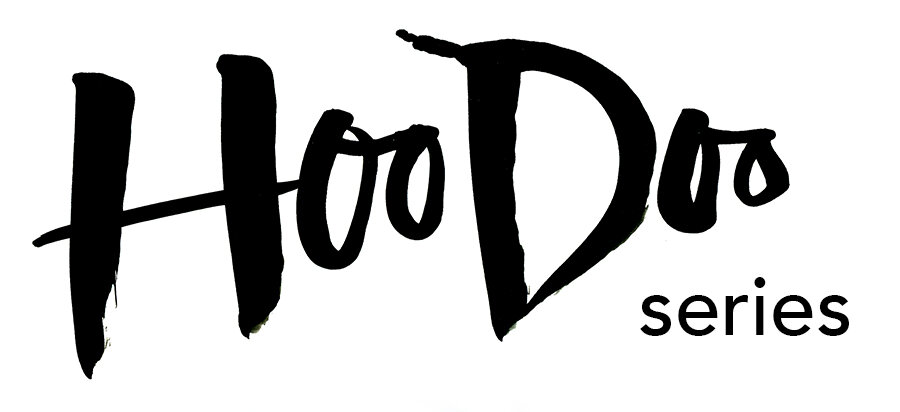Bruce Grimes
You started ceramics in college. Where did you attend?
I started at Milligan University in Decatur, Illinois. I got my Bachelor of Fine Arts. I took my first ceramics class as a senior there. I didn’t know much about pottery at all, but I knew I liked clay. So when I got to graduate school [at Ohio University], you could take one elective. So I took ceramics. I was putting about 40 hours a week in for a three hour class. At the end of that first year, Professor Lin came to me and he says, “How would you like to be my teaching assistant?” I thought, “Wow, I’m down here all the time anyway, I can get paid.” So I said that I would like that. After I said yes, he started telling me all the things he wanted done. Being a smart mouth, I said, “Well maybe I should bring down a cot.” He says, “Good idea.”
I lived down there. When the students left at 11 o’clock, I started mixing glazes, making clay, and we had to be there at 8 o’clock in the morning. He didn’t care if I hadn’t finished a firing until 5:30 in the morning.
[Professor Henry Haun Lin was the dean of the Ohio University’s College of Fine Arts. He was the father of Maya Lin, the sculptor who designed the Vietnam Veterans Memorial in Washington, D.C.]
You see all the air bubbles in here? I’ve got to knead all that out of there or I can’t center the clay…
You hear that pop? You can’t center the clay, you can’t throw symmetrical pieces. It will have a thin and a thick side. If there’s an air bubble in there, you’re going to let up when you’re throwing or else it will tear. Where you let up, it will be thicker.
Ok. I’m going to throw a bowl.
What I’m doing as I’m centering the clay is I’m actually kneading it. You want to center your clay as near the final shape as you are making. So this is going to be a bowl… [Bruce centers and shapes the clay into a low, wide cylinder.]
Now you see how the walls are pretty straight? I’m going to come back with a throwing rib and you’ll see how the volume will change. I never used throwing ribs until I started making lots and lots of pieces. People began to look for sets, looking for pots that are similar in shape. With a throwing rib, I’m getting the same curve every time.
I tell my students, there is a fine line between a piece that is successful and one that’s not quite there. After you get to a place where you think you are done with it, take a look at it. Usually you go back at least one more time and clean it up.
Wanna see a vase?
Before I ever touch the sides or the walls, I get the curve I want in the bottom and I compact the clay base. If the base is not compacted, you get what’s called ’S cracks’ on the bottom of your pieces. Your sides get very compact as you’re throwing. If the bottom is not compacted, [as the clay dries] it’s going to pull away and crack in the place of least resistance. I’ve got a curve started on the bottom, I’m going to continue that curve. Even though it’s a vase and you don’t see the inside, I don’t want a pot that has a break [in the curve]. Each time, [each pass,] I’m just moving the clay up and thinning it out. So the clay becomes the same thickness each time. Instead of having thick someplace and thin someplace, it’s the same and just gets thinner with each draw. I’m going to collar this in as I go… If I wait until the end to do that, most of the time it will twist and that will cause it to tear.
I’m going to have a broader lip for a vase. It reminds me of the frame on a painting. …If you’ve got a shout down here [indicates vase body] and you end up with a whisper [points to vase lip], the two don’t go together very well. I’m preparing this so that the top acts as a visual stopping point. So that’s where your eye stops.
Here it’s really important that the inside hand supports and shapes the clay. It’s the one that’s drawing the shape. So that you get a curvature and not a straight line.
So there’s a vase.
You can find Bruce Grimes' pottery in and around Yellow Springs, Ohio. He has worked extensively in the Raku process in addition to stoneware.
Bruce taught ceramics at the college level for nearly 50 years. He has also held group lessons and lead many workshops.
Contact Bruce:
